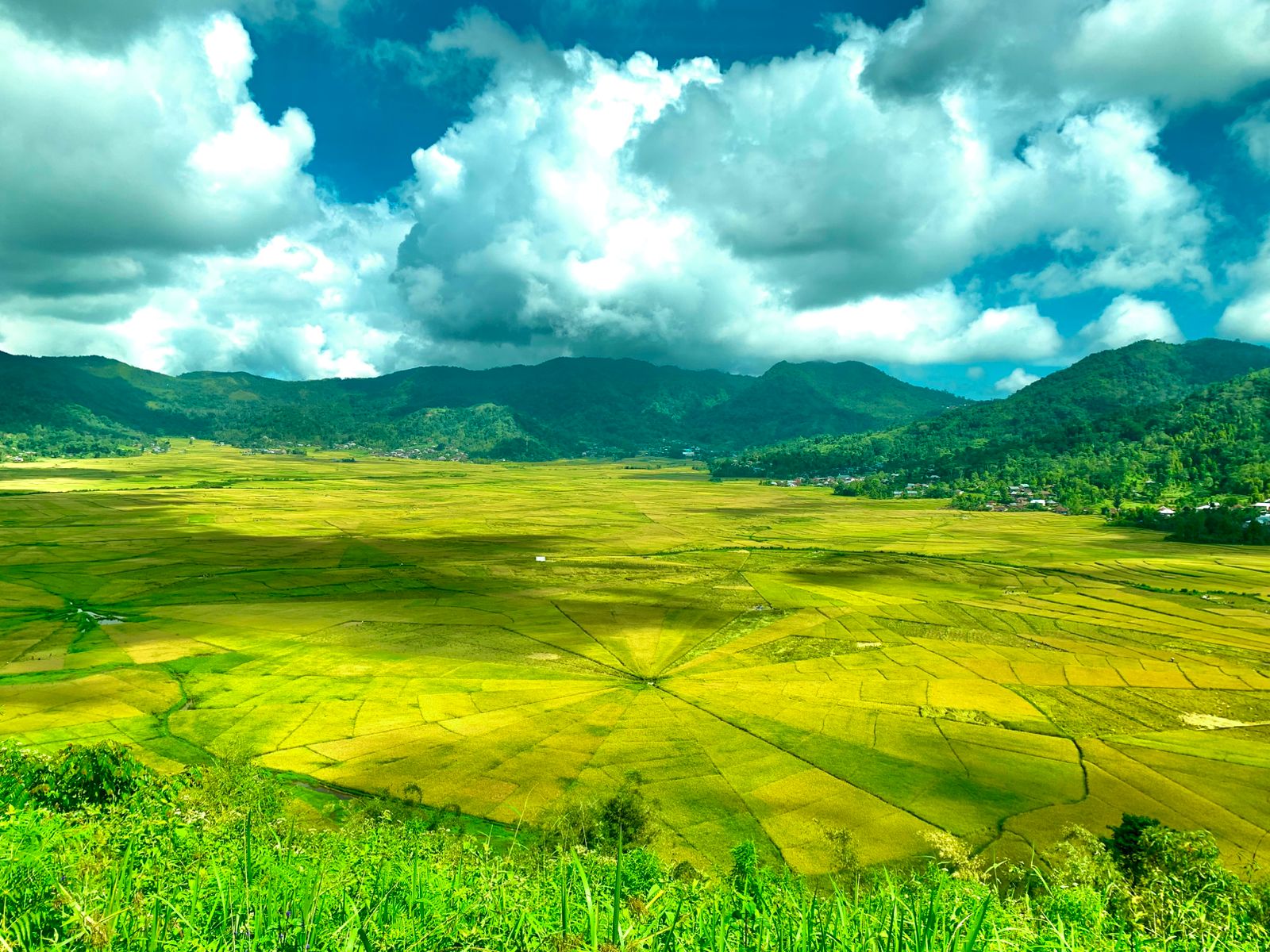About Flores
Portuguese traders and missionaries arrived in Flores in the 16th century and named it Flores Cabo das Flores, or Flower Cape. The name was likely inspired by the island’s vibrant underwater world—corals, fish, and other marine life.
Around 15 million years ago, the Lesser Sunda Islands emerged from the sea due to the movement of the Australian tectonic plate beneath the Eurasian plate. This created a volcanic arc, known as the Ring of Fire, which remains active today. Flores is home to 14 active volcanoes.
In 1992, an earthquake measuring 7.8 on the Richter scale struck Flores, triggering a tsunami that devastated the island. The city of Maumere was destroyed, and 3,000 lives were lost.
History of Flores
Around 1570, the Portuguese began trading spices in Flores while introducing Catholicism to the island. The port city of Larantuka became their main trade hub. Many Portuguese married local women, and their descendants—known as the Topas—played an influential role in the sandalwood trade from Timor, Historically, the name “Flores” was first used by S.M. Cabot to refer to the eastern part of the island. It became the official name in 1636 under the Dutch East Indies Governor-General Hendrik Brouwer. However, research by Orinbao (1969) revealed the island’s original name was Nusa Nipa, meaning Snake Island. Anthropologically, this older name carries deeper philosophical, cultural, and traditional significance for the people of Flores.
Culture and Traditions
The people of Flores remain deeply rooted in customs and beliefs. Alongside their reverence for God, ancestral spirits—both benevolent and malevolent—hold an important place in daily life. To ensure the spirits’ goodwill, offerings such as chickens, pigs, or cows are made.
Ceremonies accompany significant life events, including birth, marriage, travel, illness, and death. Rituals are also performed to bless planting and harvest seasons, usually in or around traditional houses.

